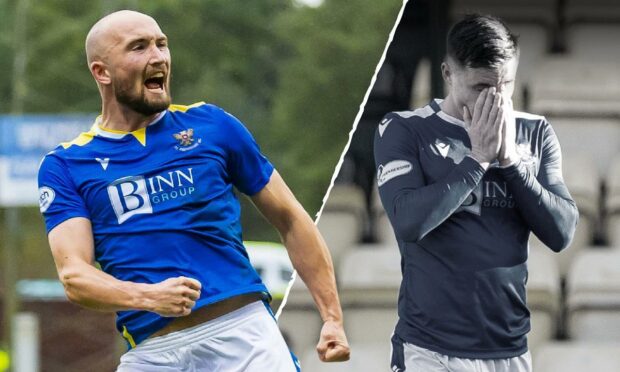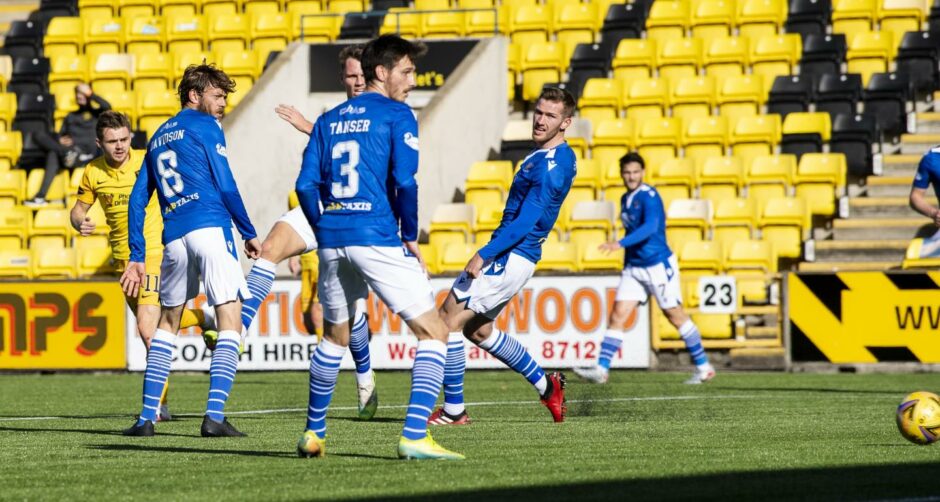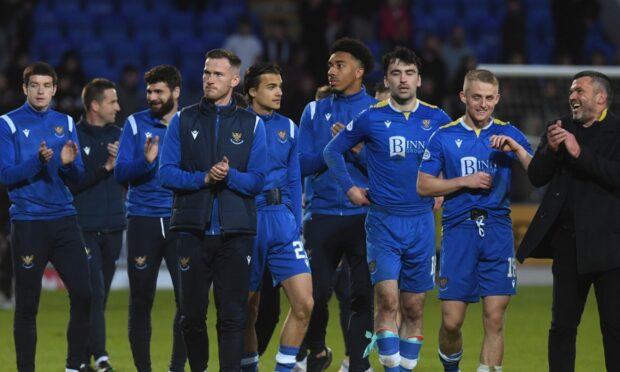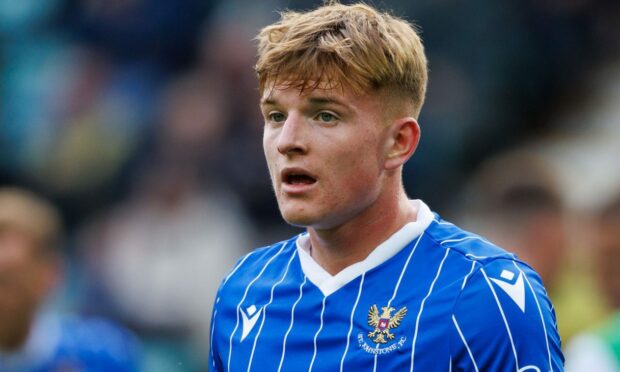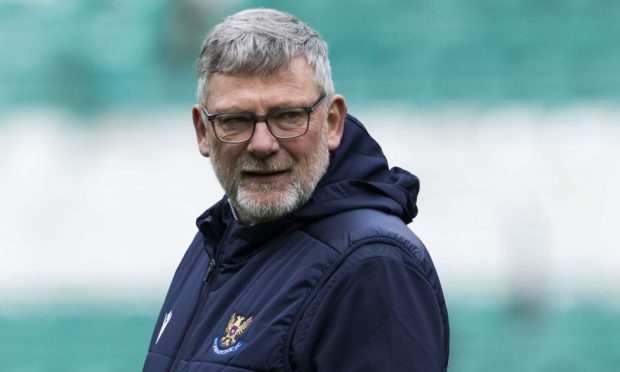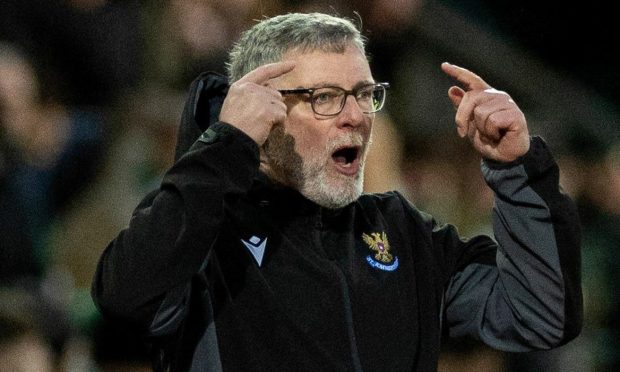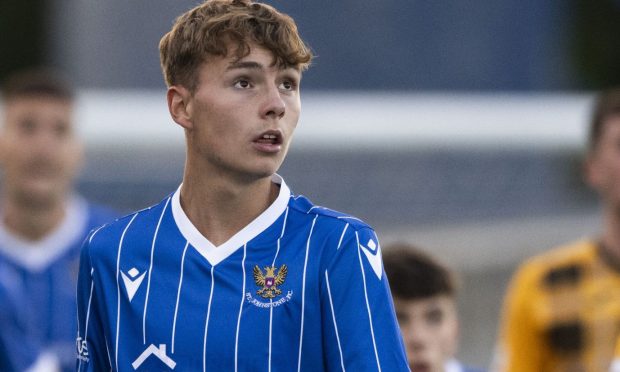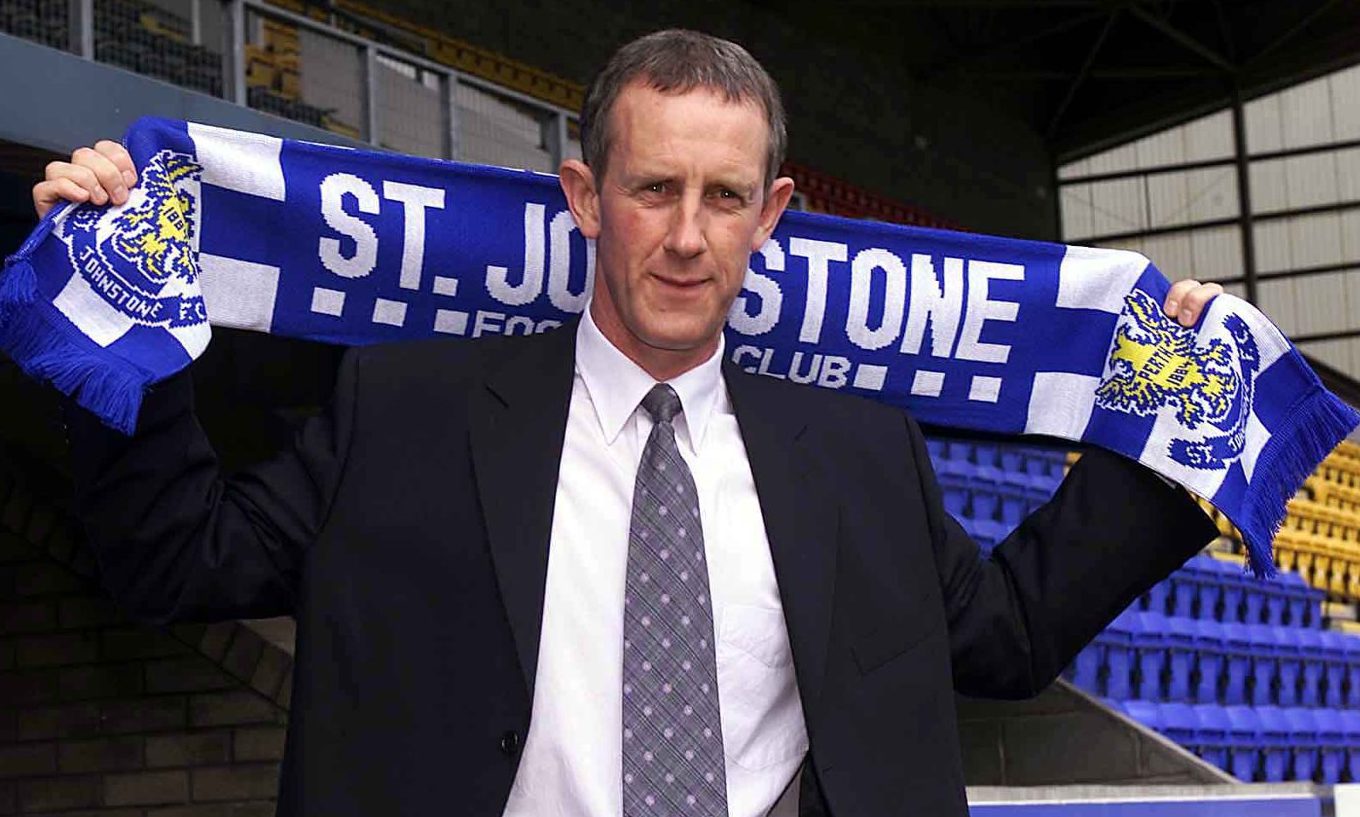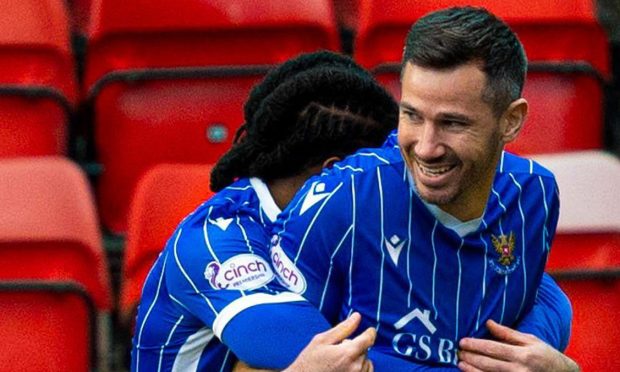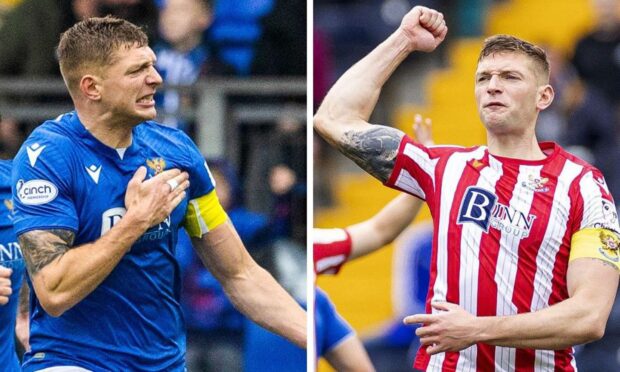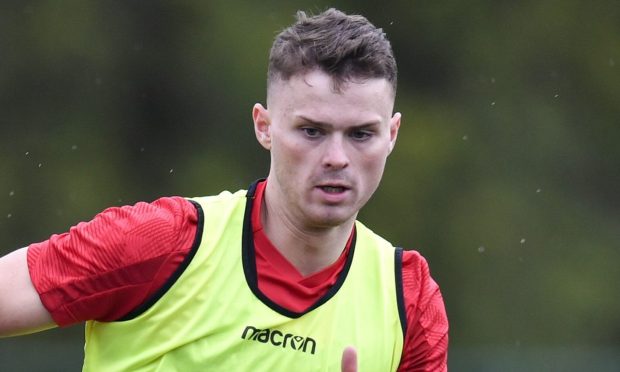When St Johnstone lost 2-0 to Livingston in their ninth league game of last season, Callum Davidson’s team plunged to second bottom of the Premiership table, only just above St Mirren on goal difference.
Coincidentally, their ninth league game of the current season will also be against Livingston.
From a side finding its way under a rookie manager to one that has two cups and two celebrated away draws in Europe to its name, and is coming off its most emphatic home Premiership win in his tenure, the contrast could not be more stark.
Courier Sport looks back to that September 27 clash with Livi to bring into focus five keys to the rise between then and now.
Back four experiment will never be repeated
The story of Saints’ season in the early weeks of Davidson’s reign was nice football between the boxes but worrying traits at both ends.
He had nailed his colours to the three central defenders mast, having worked with that system with Gary Rowett at Millwall and in the first eight games as a number one at McDiarmid Park.
Davidson wasn’t (isn’t) an inflexible manager, however.
A flat back four in a 4-1-4-1 was given a chance to see if it would suit his players – with Liam Gordon dropped for a partnership in the middle of Jason Kerr and Jamie McCart.
It was an experiment that lasted only 53 minutes, when Gordon was brought on and Saints returned to a three.
From that point forwards, there have been other tactical tweaks but never with the defensive formation.
As was shown in their last game against Dundee, when injuries and a suspension forced Davidson into personnel changes, it’s the one non-negotiable.
Zander’s return
Injury had kept Zander Clark out of the first few games and, even when he was fit, Davidson stuck with Elliott Parish for a while longer as a result of the Englishman’s reliable form.
Clark came back in at West Lothian, though.
He could do nothing to prevent Livingston’s two goals – or when Saints hit rock bottom after losing to Celtic the following week – but his outstanding goalkeeping is the foundation of the present day Saints.
Spoony and Rooney
Both were on the bench that day.
Wotherspoon had shown signs of adapting to a new position in a front three before then but Rooney was a peripheral figure, miles behind Danny McNamara in the battle to be first choice right wing-back.
Their second half of the season achievements are the stuff of legend and, in particular, the development of Rooney into a powerhouse attacking asset in two different roles has been truly transformational.
Michael O’Halloran re-born
When it comes to a player turning his fortunes around at McDiarmid under Davidson, O’Halloran is the only one who can give Rooney a run for his money.
Being robbed of the ball in midfield and costing his team the first goal made it an afternoon to forget for the pacey forward against Livi.
These days you could make a case for him being the number one offensive threat for Saints, either through the middle, as an orthodox wide forward or a wing-back.
And, crucially, he’s a man Davidson can now rely on which certainly wasn’t the case last September or for several months after it.
The Chris Kane effect
Stevie May was the lone centre-forward at Livingston, with Callum Hendry benched for the first time.
Kane was working his way back to fitness after picking up an injury in pre-season and hadn’t yet started.
He wasn’t even a substitute on this occasion.
The first start and goal would come a week-and-a-half later in the Betfred Cup at Kelty.
Kane’s ability to get his team up the pitch and lay the groundwork for the runners and dribblers around him is as integral to Davidson’s game-plan now as it was sorely missed just over a year ago.
